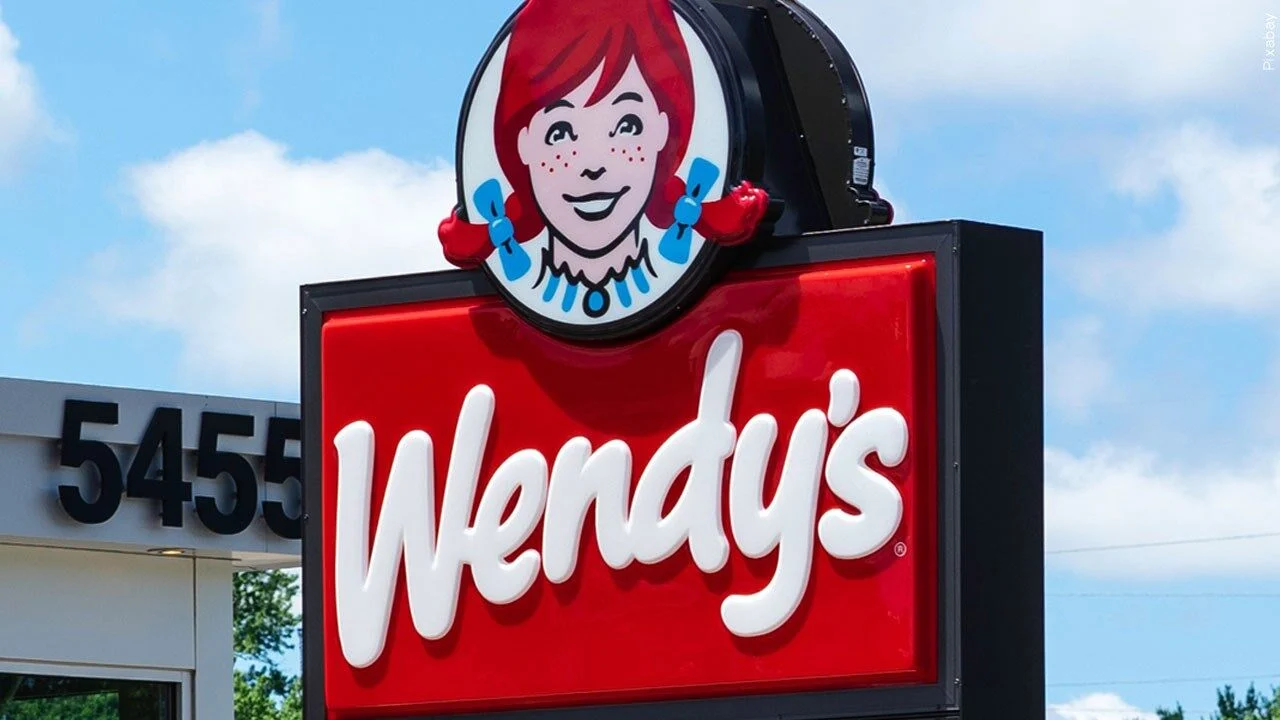Activist investor Nelson Peltz is currently making headlines for his pressure on Walt Disney, but he has been influential for much longer at Wendy’s burger chain. Last summer, Peltz suggested that the chain be sold or that his firm, Trian Fund Management, buy the approximately 80% of shares it did not yet own.
In January, Trian abandoned those plans, and instead, Wendy’s announced a corporate redesign, doubled its dividend, and expanded its stock-buyback program to $500 million. Since then, the shares have outperformed industry peers, but this is not due to stellar results. Full-year earnings, released on Wednesday morning, revealed that same restaurant sales growth was only 4.9% for the year, a drop from 10% in 2021 and lagging behind some key competitors.
The profit margin for company-owned restaurants fell sharply to 13.8% from 16.7% the previous year, reflecting the pressure of food, packaging, and labor costs in the industry. Although most of Wendy’s U.S. restaurants are franchised, the drop in profitability highlights how much the franchisees and the company can pass on to customers without losing them. Since Trian merged Triarc with Wendy’s in 2008, total returns have been decent but have lagged behind competitors Yum! Brands and McDonald’s by 120 and 220 percentage points, respectively.
During a call with analysts on Wednesday, CEO Todd Penegor used corporate buzzwords to discuss Wendy’s growth strategy, but the increase in the company’s dividend payout will make financing such ambitions more difficult. The dividend alone is now equal to last year’s free cash flow. Although digital sales are important for fast-food chains’ growth, efficiency, and customer retention, Wendy’s digital sales still account for less than one-third of category leader McDonald’s. Additionally, Wendy’s is still playing catch-up in the breakfast market, which is the fastest-growing “daypart” for fast-food chains. While breakfast played a role in Wendy’s 2021 jump in same restaurant sales, it is unlikely to drive growth in the same way again.
Although Wendy’s renewal plan announced earlier this year is encouraging and should benefit margins, the company’s peers are also innovating and cutting costs. Wendy’s plan is just table stakes in an intensely competitive business where companies are throwing resources at growing restaurant count while trimming labor costs and remaining both cheap and convenient for customers. While Wendy’s has decided to increase its payout and skip building to-go only locations, competitors like Starbucks have taken a different approach.
A year ago, Wendy’s looked attractive relative to peers based on valuation, but today it is trading at around 22 times prospective earnings compared with a little under 25 times for faster-growing McDonald’s and Yum. Unless Wendy’s can prove it can do more with less, the shares look like empty calories right now.







